Updated August 2025 - Pink peppercorns are NOT true peppercorns but dried berries from the Brazilian or Peruvian pepper tree (Schinus species), making them unsafe for those with cashew or pistachio allergies. They offer floral, citrusy flavors with minimal heat, best used as finishing ingredients in cold dishes or desserts where their delicate compounds won't degrade from heat exposure.
Table of Contents
- What Pink Peppercorns Really Are (And Why the Name Is Misleading)
- Critical Allergy Warning: Cashew Family Connection
- Taste Profile Explained: Why They're Perfect for Finishing Dishes
- Pink Peppercorns vs Black Pepper: Key Differences Chefs Need to Know
- 5 Professional Cooking Techniques That Actually Work
- Science-Backed Storage Methods to Prevent Flavor Loss
- Frequently Asked Questions Answered by Culinary Experts
- 3 Simple Recipe Applications Anyone Can Master
What Pink Peppercorns Really Are (And Why the Name Is Misleading)
Pink peppercorns are not related to true peppercorns (Piper nigrum) at all. They're actually dried berries from two trees: the Brazilian pepper tree (Schinus terebinthifolius) and Peruvian pepper tree (Schinus molle). Classified as drupes (fruits) rather than spices, they belong to the cashew family (Anacardiaceae), which explains their potential allergy risks and distinctive flavor profile.

Critical Allergy Warning: Cashew Family Connection
If you have tree nut allergies—especially to cashews or pistachios—exercise extreme caution with pink peppercorns. The FDA once banned them (1982-1990) due to urushiol content (the same compound in poison ivy), though modern processing has reduced this risk. Reputable brands now use specific drying protocols to remove irritants, but cross-reactivity remains possible for sensitive individuals.
| Characteristic | Pink Peppercorns | True Peppercorns (Piper nigrum) |
|---|---|---|
| Botanical Family | Anacardiaceae (cashew family) | Piperaceae |
| Allergy Risk | High for cashew/pistachio allergy sufferers | Very low |
| Primary Compound | Terpenes (linalool, pinene) | Piperine |
| Heat Tolerance | Low (max 60°C/140°F) | High (up to 180°C/356°F) |
Taste Profile Explained: Why They're Perfect for Finishing Dishes
Unlike black pepper's sharp bite, pink peppercorns deliver a complex flavor experience with:
- Berry and citrus notes (similar to juniper)
- Floral undertones (reminiscent of rose)
- Negligible heat (under 100 Scoville units vs black pepper's 30,000)
- Subtle pine-like finish
These delicate compounds evaporate quickly when exposed to heat, making them ideal for finishing dishes rather than cooking. For maximum flavor impact, always add them in the final plating stage.
Pink Peppercorns vs Black Pepper: Key Differences Chefs Need to Know
Understanding these differences prevents common kitchen mistakes:
- Heat sensitivity: Pink peppercorns lose 80% of their flavor when cooked above 140°F (60°C), while black pepper withstands high-heat cooking
- Allergy considerations: Pink varieties pose risks for those with cashew allergies; black pepper rarely causes reactions
- Flavor application: Use pink for visual contrast and subtle fruitiness in light-colored dishes; black for pungent heat in most savory applications
- Storage needs: Pink peppercorns require freezer storage for longevity; black pepper keeps well at room temperature
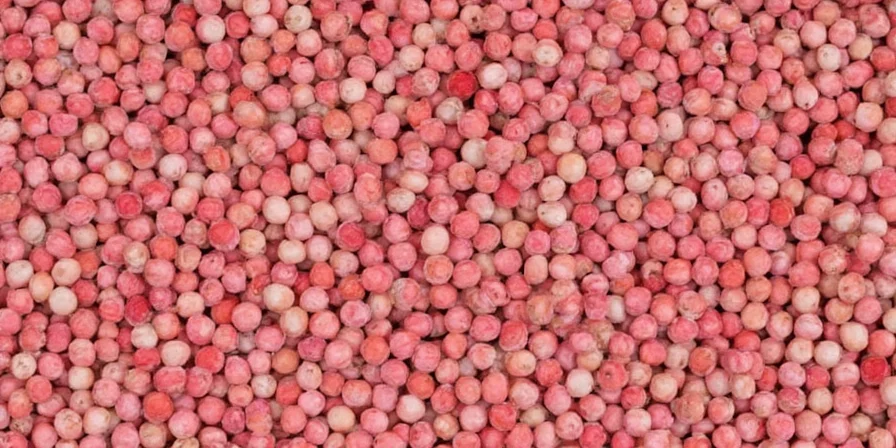
5 Professional Cooking Techniques That Actually Work
Maximize flavor while avoiding common pitfalls:
- Cold Infusions Only: Create pink peppercorn oil by steeping in cold-pressed olive oil for 24 hours (never heat-based)
- Gentle Crushing: Use mortar and pestle with light pressure to avoid releasing bitter tannins (electric grinders cause bitterness)
- Dessert Pairings: Sprinkle over dark chocolate (70%+ cacao) where berry notes complement cocoa's bitterness
- Cocktail Enhancement: Add 3-5 whole berries to gin-based drinks for subtle floral notes without overpowering
- Visual Garnish: Press onto raw fish (tartare, ceviche) where color contrast enhances presentation without heat degradation
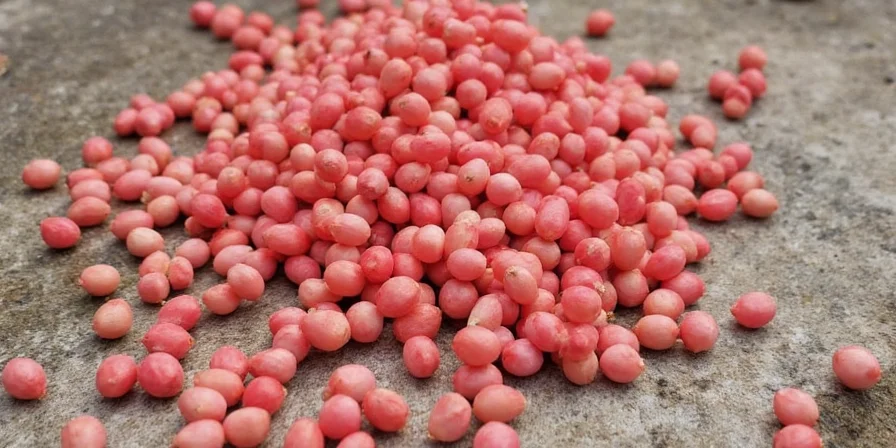
Science-Backed Storage Methods to Prevent Flavor Loss
Preserve volatile compounds with these proven techniques:
- Freezer Storage: Keep in airtight container at -18°C (0°F) for up to 18 months (room temperature degrades flavor in 3 months)
- Whole Berries Only: Pre-ground loses 60% flavor compounds within 30 days; grind immediately before use
- Light Protection: Store in amber glass containers to prevent UV damage to terpenes
- Moisture Control: Include food-grade silica packets to prevent clumping without affecting flavor
- Vacuum Sealing: Removes oxygen that accelerates degradation of delicate compounds
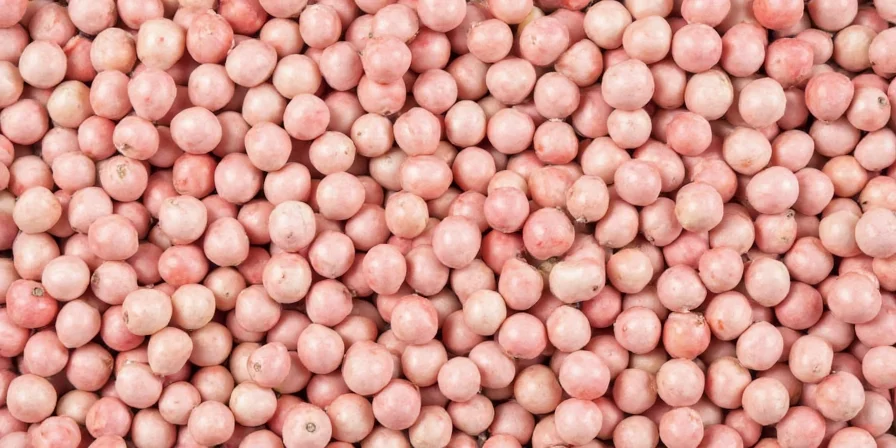
Frequently Asked Questions Answered by Culinary Experts
Are pink peppercorns safe for people with nut allergies?
Those with cashew or pistachio allergies should avoid pink peppercorns. They come from the same botanical family (Anacardiaceae) and can trigger reactions. If you have tree nut allergies, consult your allergist before consumption. Commercial products undergo processing to reduce irritants, but individual reactions vary significantly.
Why did the FDA once ban pink peppercorns?
The FDA banned pink peppercorns from 1982-1990 due to urushiol content (the same compound in poison ivy) that caused allergic reactions. Modern processing standards now require specific drying protocols that reduce these compounds to safe levels. Legitimate commercial products comply with these regulations, making them generally safe for non-allergic consumers.
What happens if I cook with pink peppercorns?
Exposing pink peppercorns to heat above 140°F (60°C) destroys their delicate flavor compounds. They lose 80% of their characteristic berry and floral notes within minutes of cooking. Worse, excessive heat releases bitter tannins. Always use them raw or as a finishing ingredient for best results.
How are pink peppercorns different from Sichuan peppercorns?
Despite similar names, they're completely unrelated. Sichuan peppercorns (from Zanthoxylum plants) create a numbing sensation through hydroxy-alpha-sanshool, while pink varieties offer floral notes without anesthesia. Sichuan peppercorns withstand cooking heat better and belong to a different botanical family.
3 Simple Recipe Applications Anyone Can Master
Implement these foolproof techniques today:
- Pink Peppercorn Chocolate Truffles: Roll melted dark chocolate balls in lightly crushed pink peppercorns for bursts of floral flavor that complement cocoa's bitterness
- Salmon with Pink Peppercorn Crust: Press whole berries onto raw salmon fillets before searing (30 seconds per side max) for visual contrast and subtle fruitiness
- Citrus-Pink Pepper Simple Syrup: Steep 2 tbsp berries in cold simple syrup (1:1 sugar:water) for 24 hours, then strain for sophisticated cocktail base
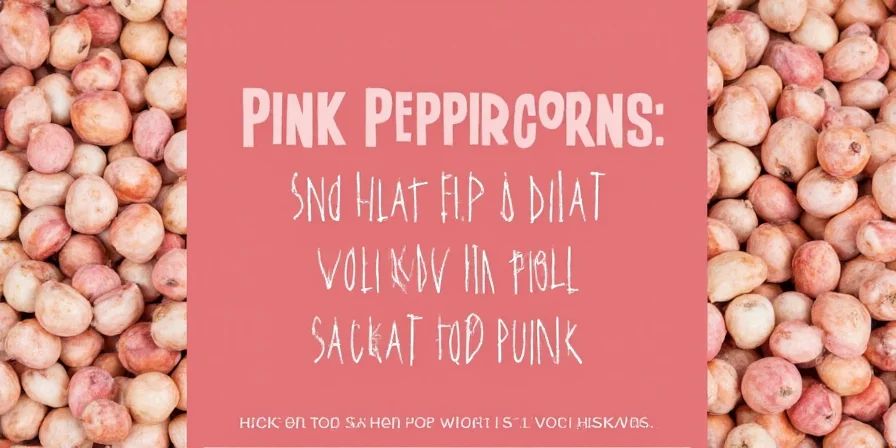
Final Thoughts: Using Pink Peppercorns Safely and Effectively
Understanding pink peppercorns' botanical reality prevents kitchen disasters while unlocking unique flavor possibilities. Their cashew-family connection demands allergy awareness, while their heat sensitivity requires strategic usage as finishing ingredients. By respecting these properties and implementing proper storage techniques, home cooks can harness their distinctive floral-citrus profile to elevate dishes with professional results. When used correctly, pink peppercorns transform ordinary presentations into visually striking, flavor-complex culinary experiences that impress without overpowering.

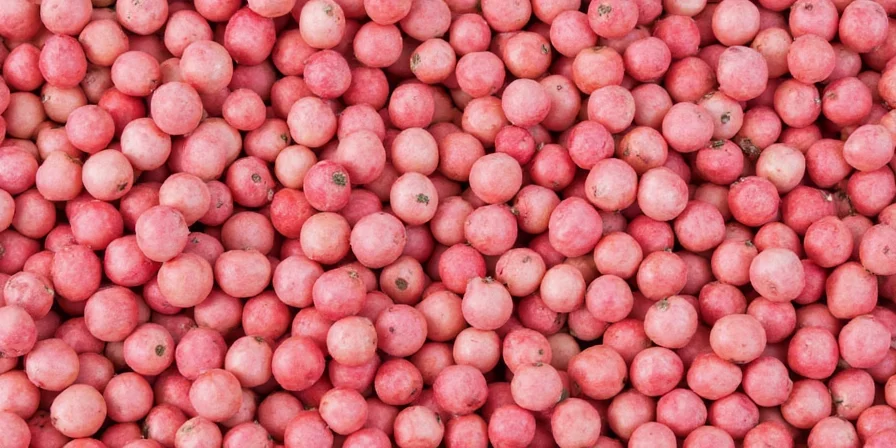









 浙公网安备
33010002000092号
浙公网安备
33010002000092号 浙B2-20120091-4
浙B2-20120091-4